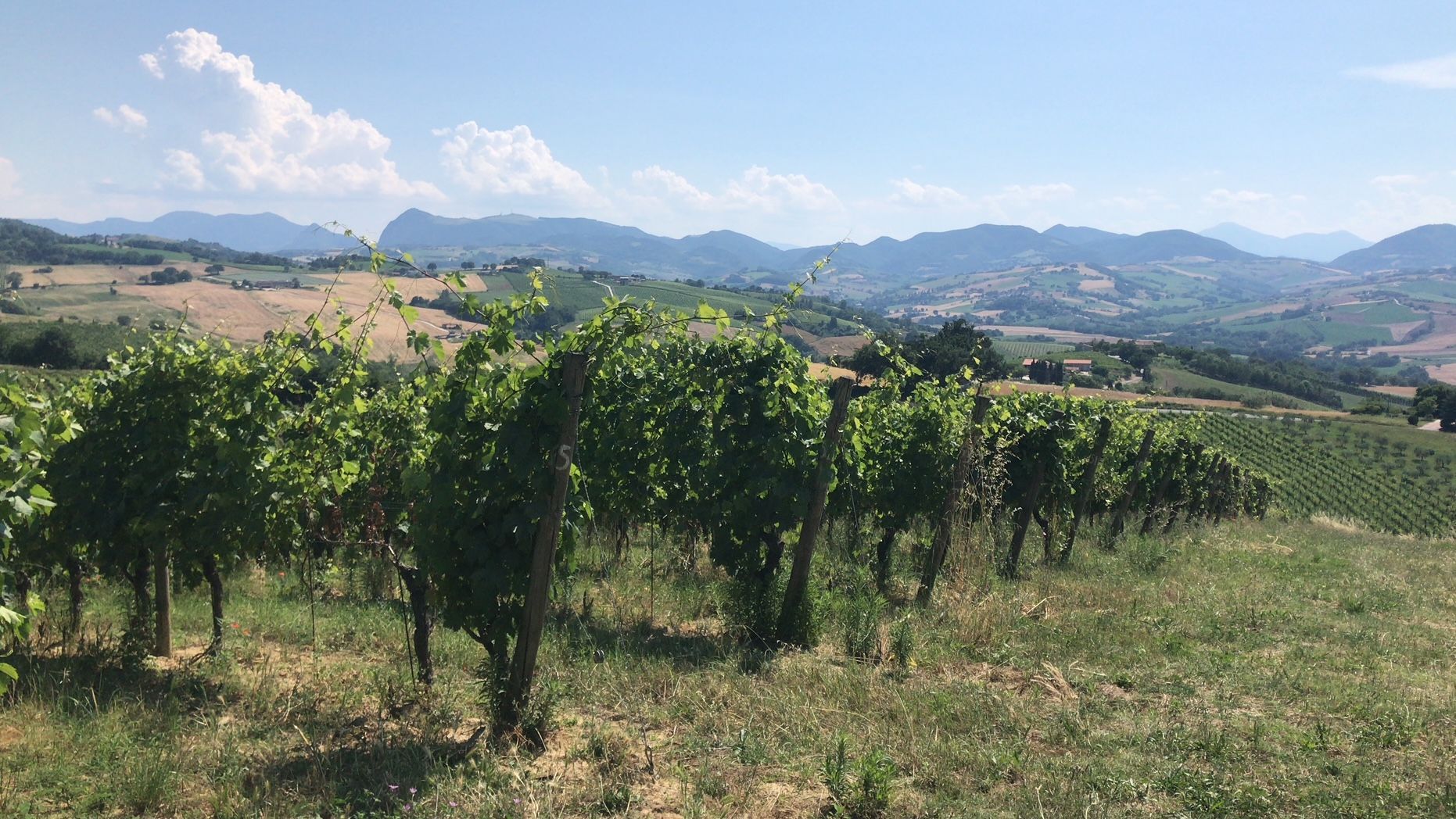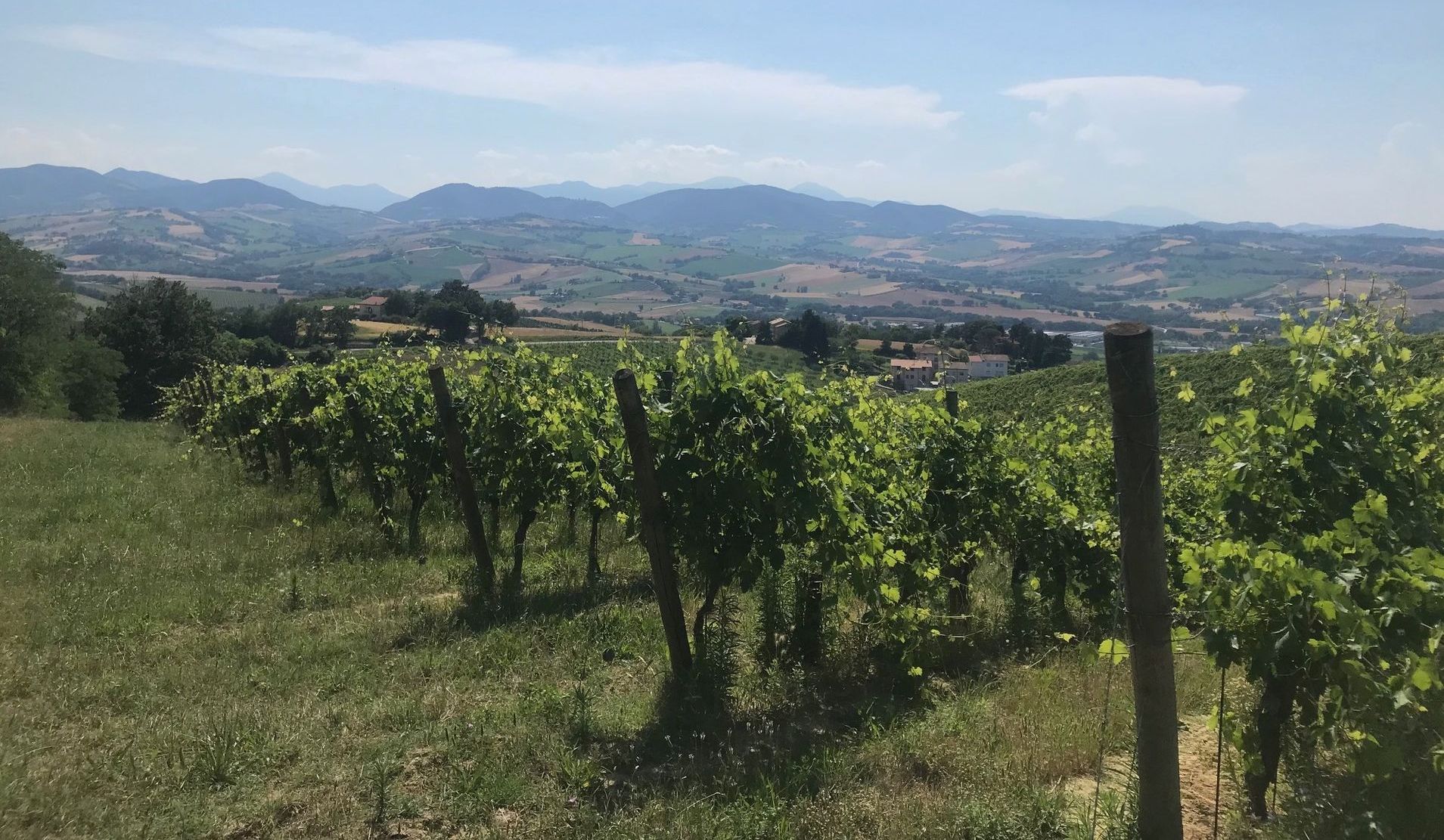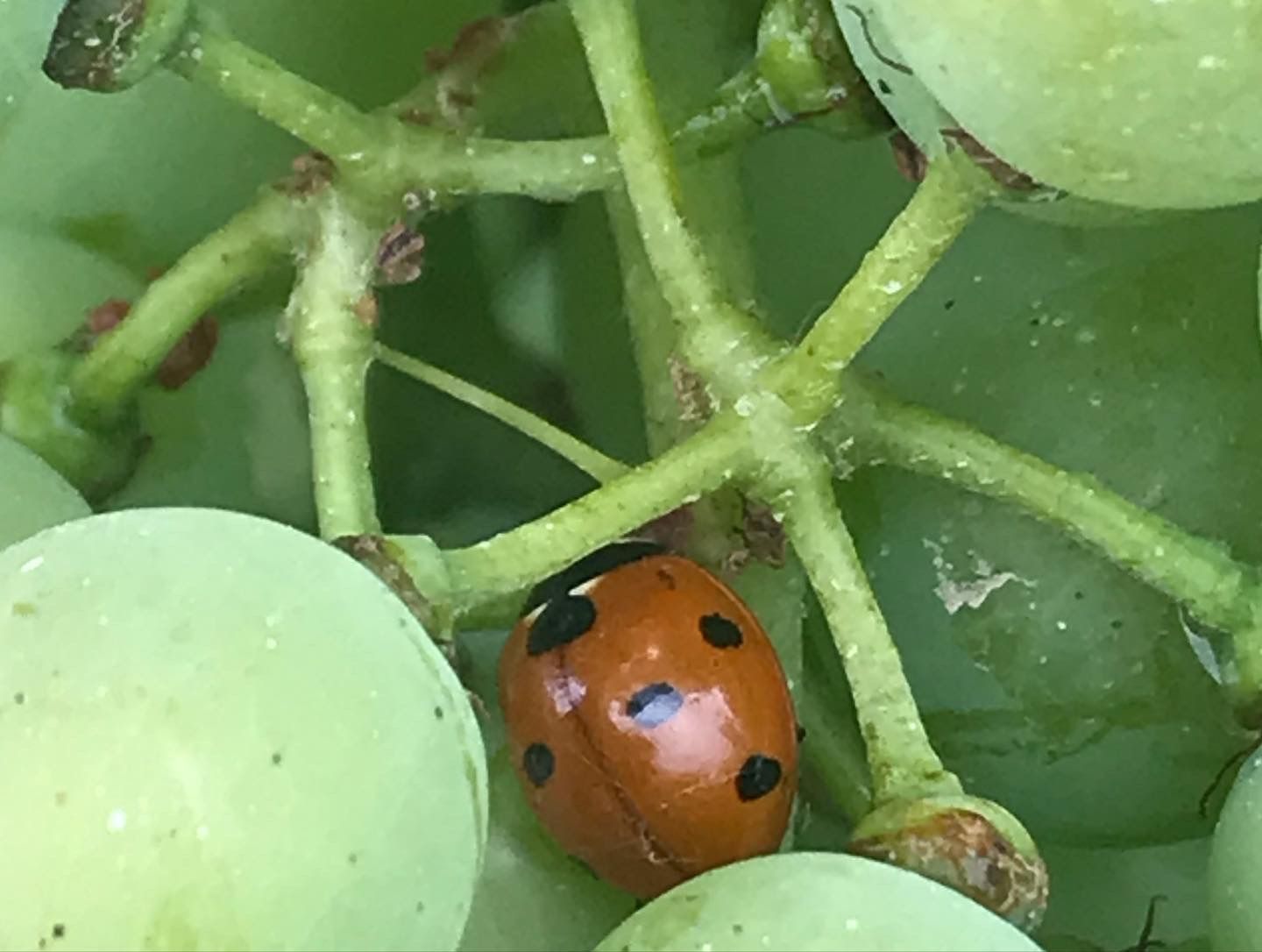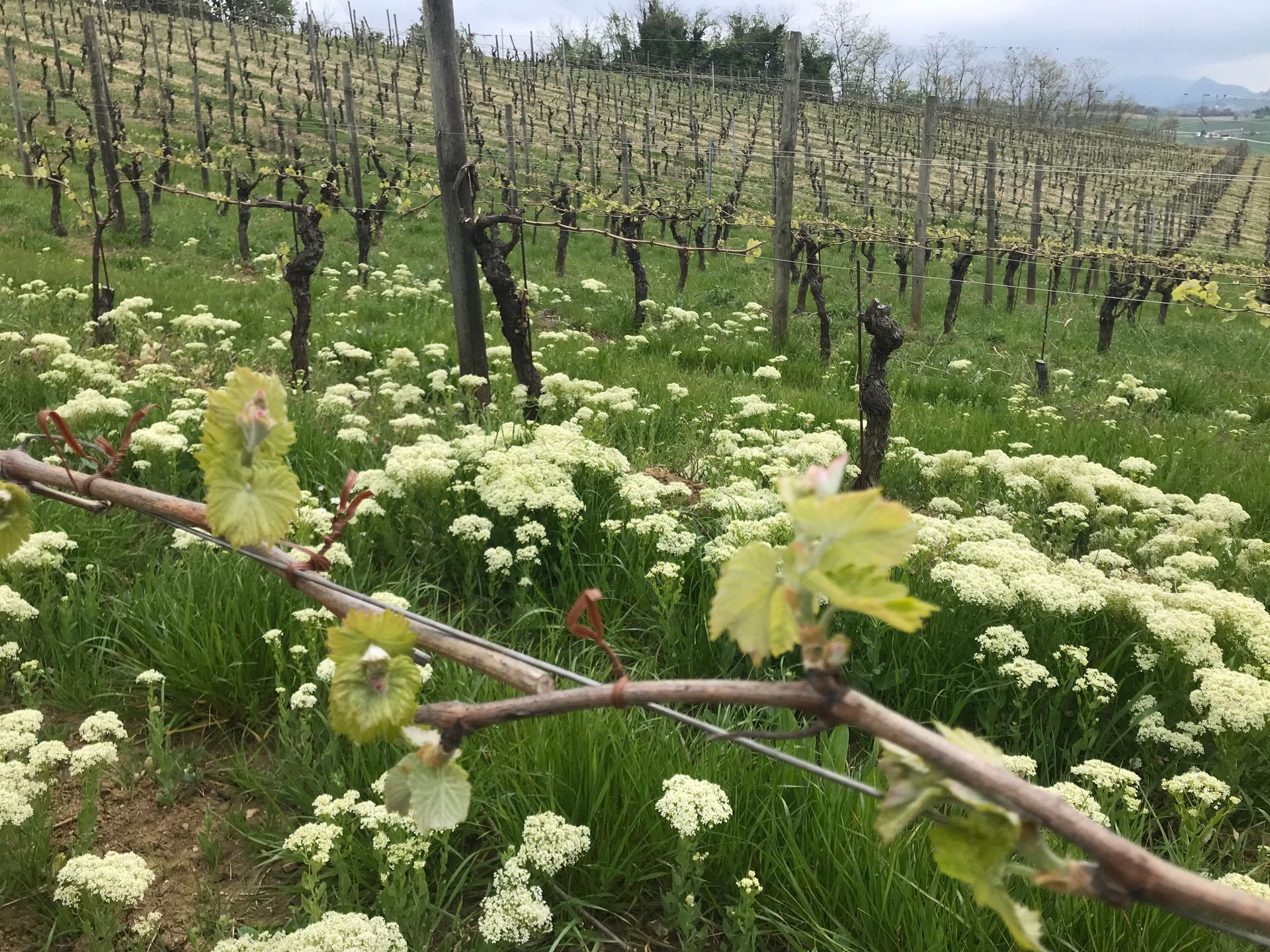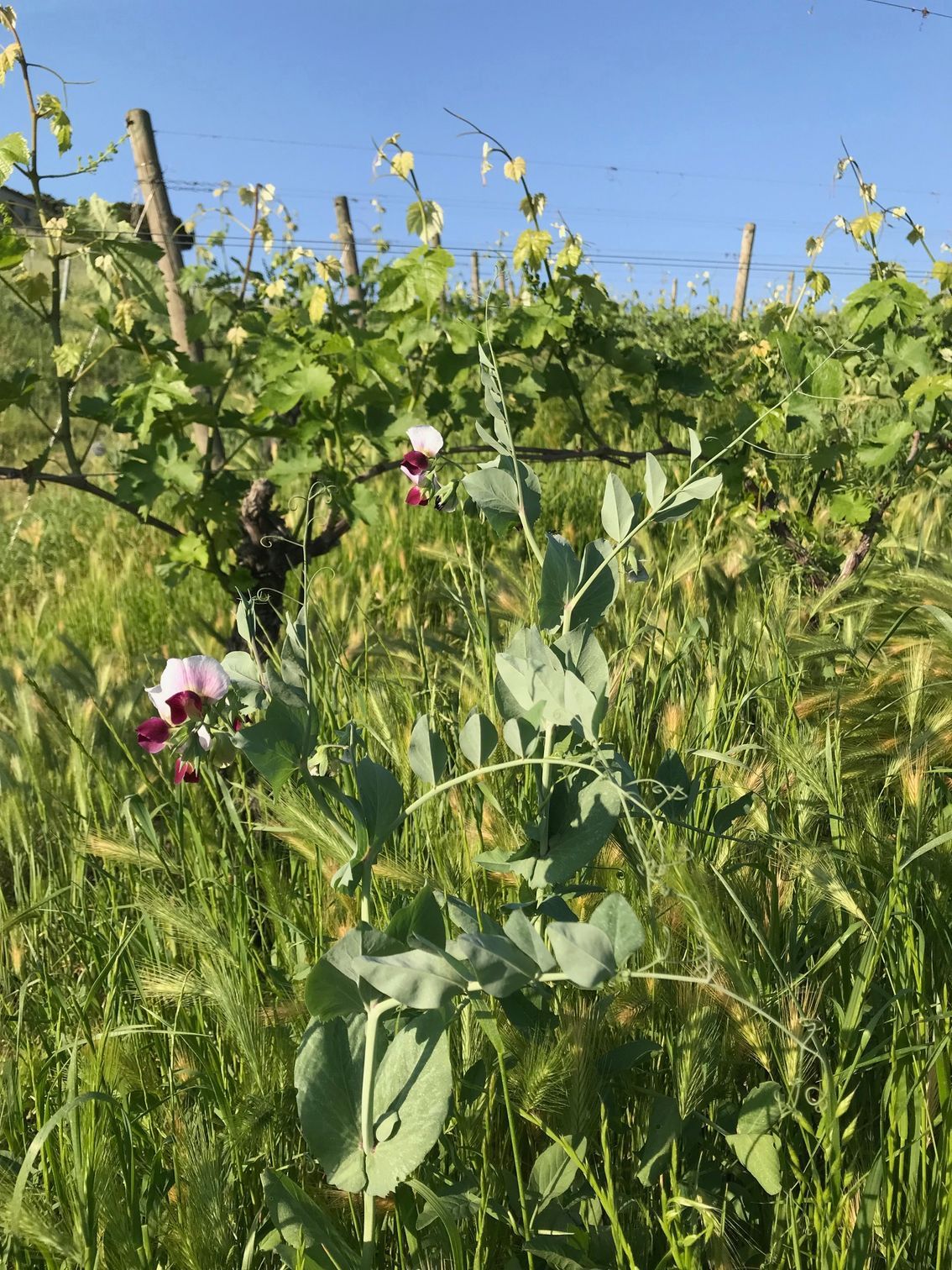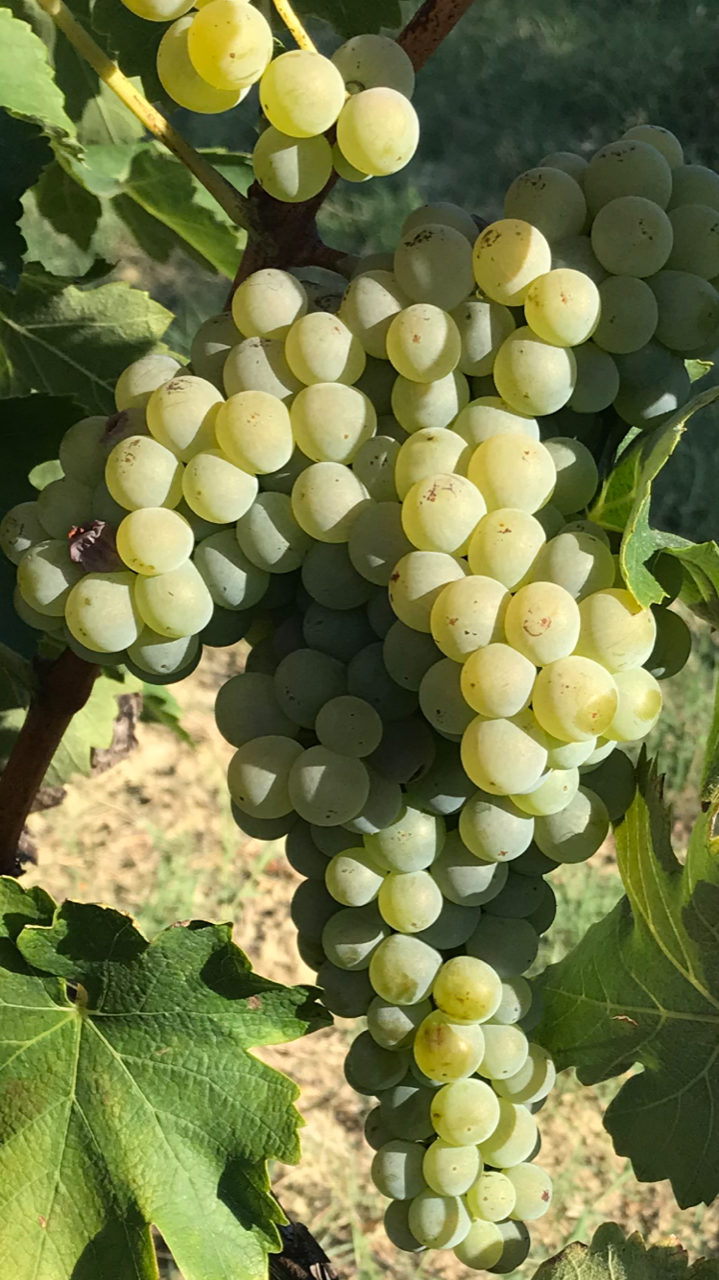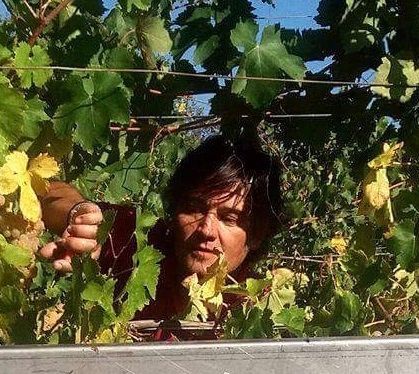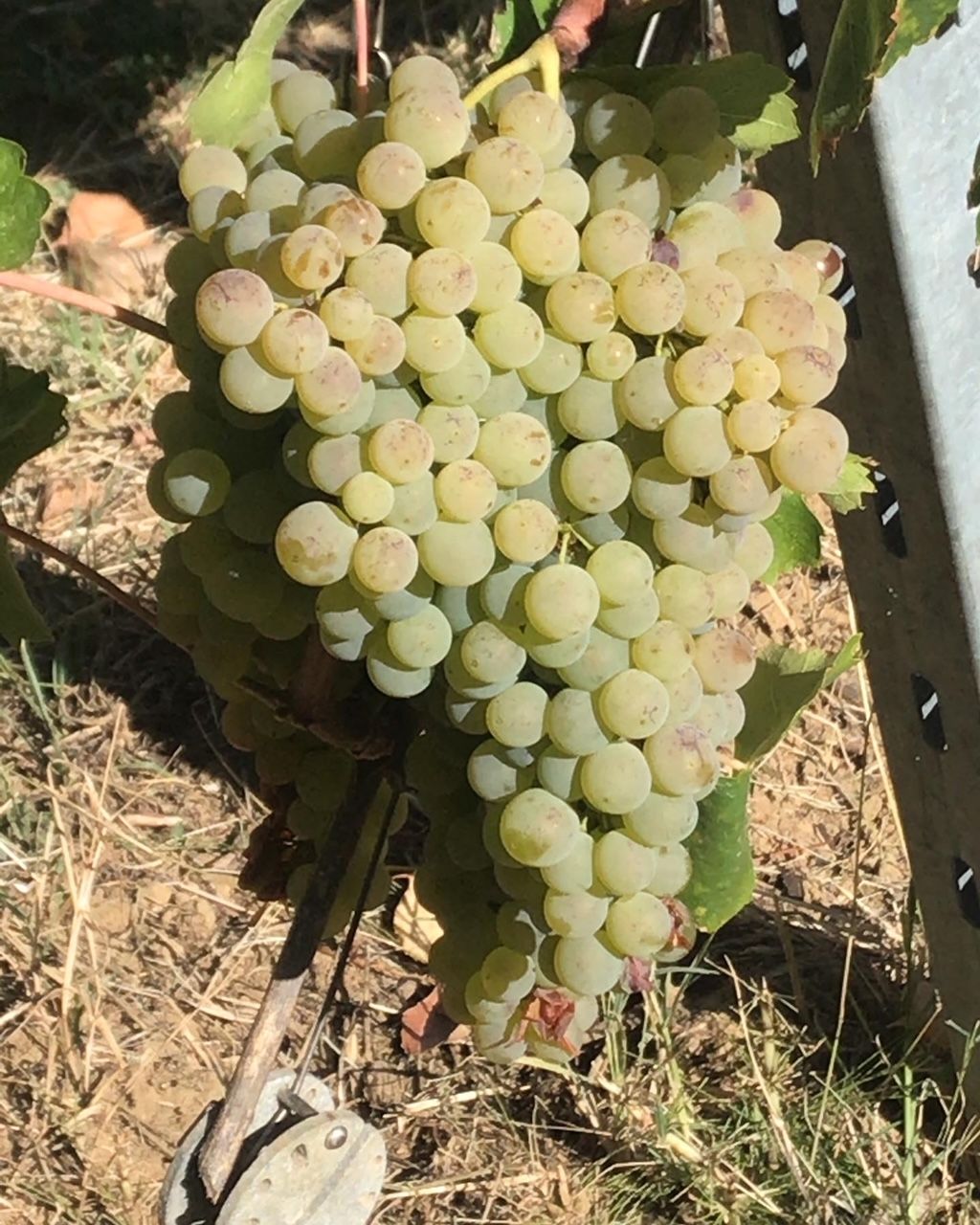The Vineyards and Their Terroir
"...intervening as little as possible on the environment,
on the grapes, on the must and on the wine
to let the terroir express itself..."
The Vineyards and Their Terroir
When I visited the vineyard the first time together with a friend who is an agronomist, I immediately knew I was standing in front of something special. We are located in one of the highest spots on the hills of Serra de’ Conti, a very open area that is always breezy, even on the hottest days. It is an area where, according to the local elderly, there has always been a vineyard with a breathtaking view that lets you see the Appennines in the area of Pesaro until San Vicino. The first thing that one thinks while looking at that wide space with a faraway horizon is freedom, the one that a flying bird would feel, and this is where the name Terralibera (FreeLand) comes from.
There are over 17 acres planted in 2002 on 3 different slopes of two adjacent hills, with different exposures. On the left-hand side of the entrance road there are the ridges of two hills that come together, one with the vineyards that turn to West and South-West and the other to the South. These cover almost 14 acres at an altitude varying from 325 to 250 m above sea-level. On the right-hand side there is the smaller vineyard on the opposite side of the hill with a North-West exposure: 3,5 acres in a single lot at Serra de’ Conti. I have chosen to vinify the grapes of the latter always separately from everything else. This vineyard is rich with fresh water and cool even in the summertime, bordering with a private forest that guarantees and enriches the local biodiversity. The two vineyards present great differences between them due to exposure, altitude and soil. The soil is clay and heavy towards the top, a mixture with sand a halfway up and sand in the lowest area, with large limestone rocks that grant savoriness, freshness, minerality and consequently longevity to the wine.
Organic and Sustainable Farming
My philosophy, perfectly aligned with that of my enologist, Claudio Caldaroni (who looks after the agronomy too) is that of intervening as little as possible on the environment, on the grapes, on the must and on the wine to let the terroir express itself and giving the consumer a wine that respects the vineyard it comes from.
Since day one after the purchase of the vineyards we shifted to an organic farming mode, with a low impact on the environment and the least number of uses of copper and sulfur. The open valley and the great exposure to winds helps with the organic farming, that is additionally supported by a few biodynamic agriculture techniques. Some of the techniques include the use of infusions and decoctions of seaweeds, nettle or horsetail along with leaf treatments with specific leavens to the regulation of the vineyards’ microbiology. The soil is enriched through green manure made with leguminous and cereal plants. Stating “organic” might not be enough if the practice is not supported by a sustainability and environmental protection project. This is why in the vineyards there absolutely no use of plastic and all ligature materials are biodegradable. The ground is always left grassy to fight erosion and safeguard biodiversity, even the mowing is limited to once or twice per year. The hedges and the bordering forest are left to their own free expression according to their nature and are a comfortable shelter for the local wildlife.
“I think having land and not ruining it is the most beautiful art that anybody could ever want.”
Andy Warhol
Wine Making
I immediately chose to vinify the grapes from the two lots separately given the great differences in the soils and the exposures. The idea is that of making wines that truly represent not only the area they come from, but even the vineyard they come from. This crafty choice is in contrast with what is being done in mass productions.
Every wine is a cru and every label is a drawing of the vineyard the grapes come from by the very talented Francesca (@ioenina) to highlight the choice.
We work while trying to act as little as possible, carrying out only what is strictly necessary. The grapes are harvested by hand and selected on site. They are immediately carried to the winery that is about 3 km away and there they are immediately de-stemmed and pressed to avoid undesired pre-fermentations. It mandatory to start from healthy and whole grapes. A gentle press is the next step to obtain the free-run must. A few hours after pressing the cold-pressed must is clarified through decanting. This practice makes the fermentation longer and more complex, but avoids errors and the need to use sulfites until bottling. Fermentation takes place at a set temperature of 18° Celsius and is spontaneous with the use of indigenous yeasts selected from each vineyard and goes on for several days until the sugars are through. At this point the stainless-steel tanks are saturated with carbon dioxide from the fermentation’s end. There are then a few months of refining on the lees with periodical batonnages. This goes on until February when the tartaric stabilization takes place by bringing the temperature of the cooling tank to a temperature of -4°C. After that the decantation, the cleaning of the tank and the re-introduction of the wine for the first time since the harvest with the addition of a minimum amount of sulfites to guarantee stability. In March or April, the wine will be bottled and left to is final refining for at least another 2-3 months.
Wine is not made by nature, but rather it is humankind that makes wine according to nature




